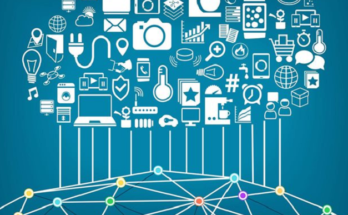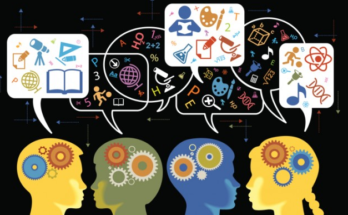Unfortunately, young children don’t get enough math and science experiences. Even well-regarded programs for young children tend to have a strong focus on language and social development but a weaker focus on math, and little or no focus on developing children’s potential for scientific thinking. What’s more, the small amount of math and science that young children are taught is often not of high quality.
How can we support high-quality math and science learning in a way that’s appropriate to children’s development? The answer lies in seeing that learning progresses along research-based, learning trajectories.
A learning trajectory has three components: a goal, a developmental progression, and instructional activities. To attain a certain competence in a given math or science topic (the goal), students progress through several levels of thinking (the developmental progression), aided by tasks and experiences (instructional activities) designed to build the mental actions-on- objects that enable thinking at each level.
For example, we might set a goal for young children to become competent at counting. A developmental progression means that a child might start by learning simple verbal counting, then learn one-to-one correspondence between counting words and objects. After that, the child learns to connect the final number of the counting process to the cardinal quantity of a set (that is, how many elements the set contains). Finally, the child acquires counting strategies for solving arithmetic problems (up to multi-digit problems, for example, 36 + 12: “I counted 36 . . . 46 . . . then 47, 48!”).
Many early childhood teachers aren’t eager or prepared to teach STEM subjects, even though children may be eager to learn them. Historically, teachers of young children haven’t been prepared to teach subject- specific knowledge to young children. In-service professional development also tends not to emphasize math and science, despite the existence of learning standards and increased curricular attention to these subjects.
If teachers are to help young children learn STEM subjects, their professional development must help them explore content and teaching methods in depth. In general, research suggests that effective professional development in early STEM should be continuous, intentional, reflective, goal- oriented, and focused on content knowledge and children’s thinking. It should be grounded in particular curriculum materials, and situated in the classroom.
But all training needn’t occur in the classroom. Teachers also need off-site, intensive training that focuses on the three components of a learning trajectory—goals (the STEM content), developmental progressions, and instructional activities. Then they need time to try out the new strategies in their classrooms, supported by coaches who give them feedback.
The success of our Building Blocks curriculum and other projects can largely be attributed to such professional development that’s organized around learning trajectories. These projects included far more extensive and intensive professional development, ranging from five to 14 full days, compared with the usual one-shot workshop.
Current research in learning trajectories points the way toward math learning that is more effective and efficient—but also creative and enjoyable—through culturally relevant and developmentally appropriate curricula and assessment. However, we still have much to learn about teaching certain topics in math, science, engineering, and technology . We also need to understand better how to improve curriculum and teacher training so that children can realize their full potential in these critical subjects.




